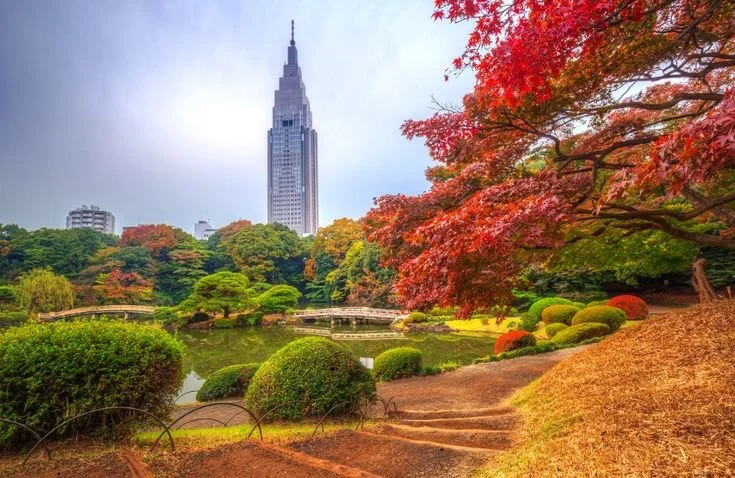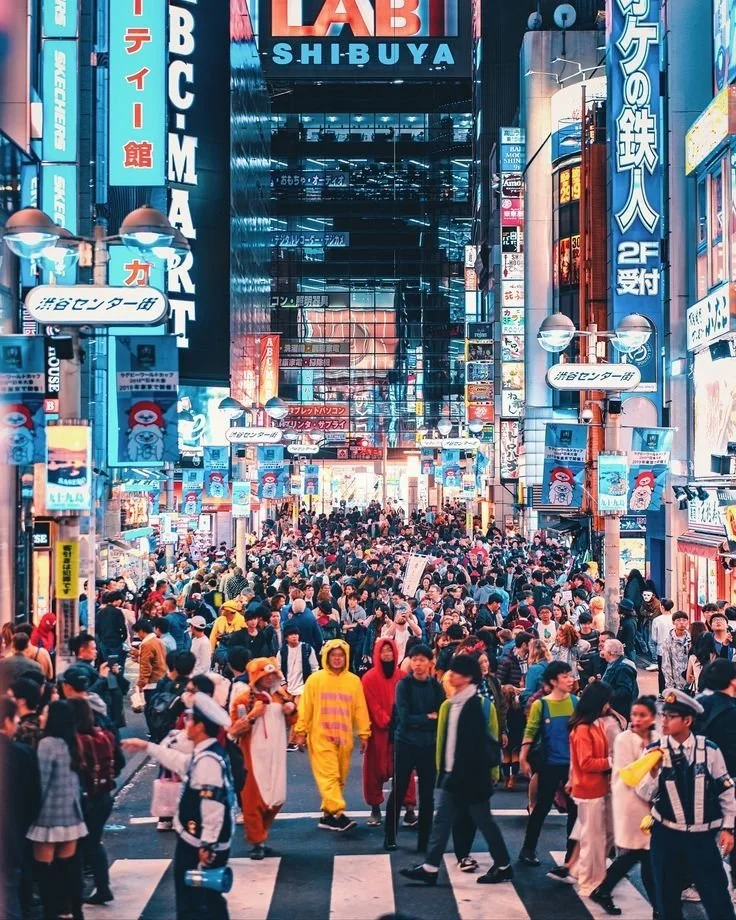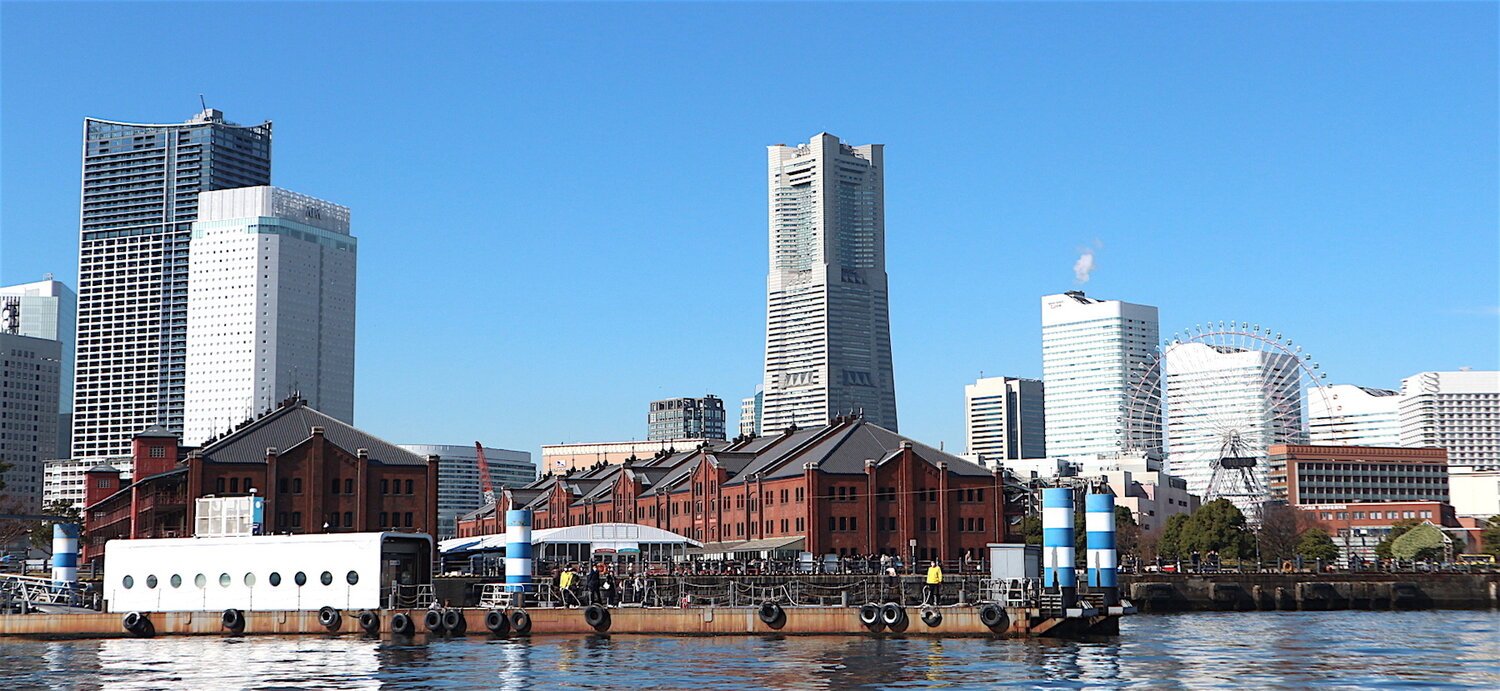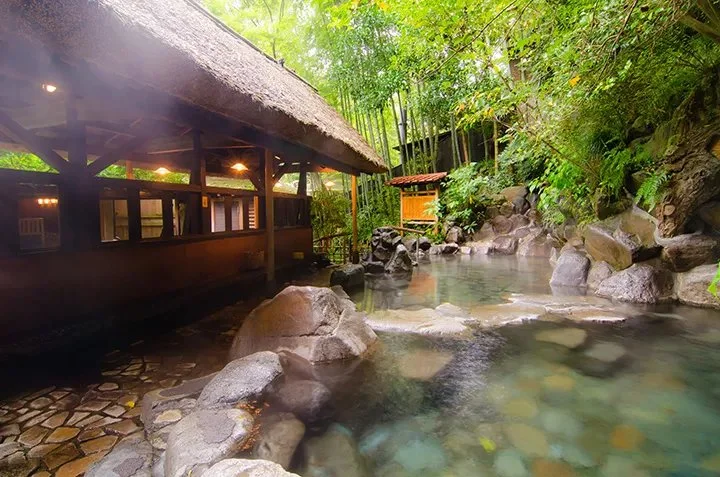Credits: TimeOut (A single autumn leaf, a symbol of the changing seasons.)
Tokyo, a lively metropolis, transforms into a magical wonderland in autumn. The city's gardens and parks come alive with brilliant reds, oranges, and yellows, creating a stunning sight. If you're visiting Tokyo this fall, don’t miss these three must-visit gardens to soak in the autumn beauty.
1. Shinjuku Gyoen National Garden
3. Yoyogi Park
SHINJUKU GYOEN NATIONAL GARDEN
Shinjuku Gyoen National Garden is a beautiful escape in the heart of Tokyo. This large park features a variety of trees, like maples and ginkgos, which create stunning autumn colors. As you walk through its carefully designed gardens, you'll enjoy a peaceful atmosphere and lovely views of the city skyline.
Entrance Fee:
Adults 500yen (Group of 30 and above 400yen)
Seniors (65 and over) 250yen Valid ID required. Please purchase a ticket at a staffed counter.
Students 250yen ※Valid Student ID required. Please purchase a ticket at a staffed counter.
Children (15 and under) FREE
Opening hours:
Tuesdays to Sundays (9 AM to 4 PM). Closed on Mondays (If Monday is a public holiday, the garden is closed on the following week day.)
Address: 11 Naitomachi, Shinjuku City, Tokyo 160-0014, Japan
Credits: Arrivalguides.com
2. Meiji Jingu Shrine
In autumn, Meiji Jingu Shrine in Tokyo transforms into a stunning landscape of vibrant reds, oranges, and yellows. The pathways, lined with colorful leaves, create a serene atmosphere perfect for leisurely strolls. The iconic torii gate and reflective pond enhance the beauty, while the crisp air invites quiet reflection. This season symbolizes renewal and gratitude, making it a peaceful escape in the heart of the city.
Entrance Fee: FREE
Opening Hours: It changes every month according to sunrise and sunset.
For November 6:10am - 4:10pm
Address: 1-1 Yoyogikamizonocho, Shibuya City, Tokyo 151-8557, Japan
Credits: Agoda.com
3. Yoyogi Park
Yoyogi Park is a beloved destination for both locals and tourists, offering a wide range of activities. In autumn, the trees transform into vibrant shades of red, orange, and yellow, creating a breathtaking backdrop. It’s the perfect setting for picnics, leisurely cycling, and peaceful walks. Be sure to take your time exploring the park’s charming paths, soaking in the beauty of the fall foliage and the lively atmosphere all around!
Entrance: FREE
Opening Hours: Open 24 hours
Address: 2-1 Yoyogikamizonocho, Shibuya City, Tokyo 151-0052, Japan
Credits: Gotokyo.org
Whether you're a nature lover or simply seeking a peaceful escape from the city's hustle and bustle, these three garden spots offer a truly unforgettable autumn experience in Tokyo. So pack your camera and get ready to be enchanted by the beauty of the fall foliage during your Tokyo Tours!
Include these parks on your Private Customised Tours with us!
Connect with us!



















































